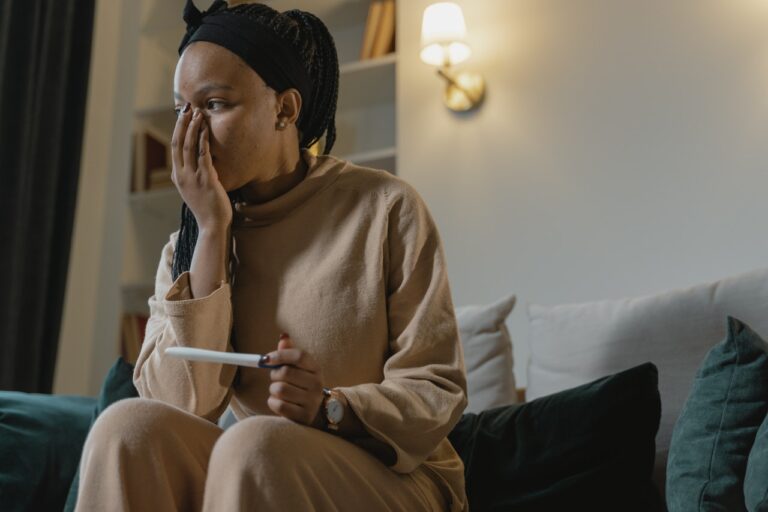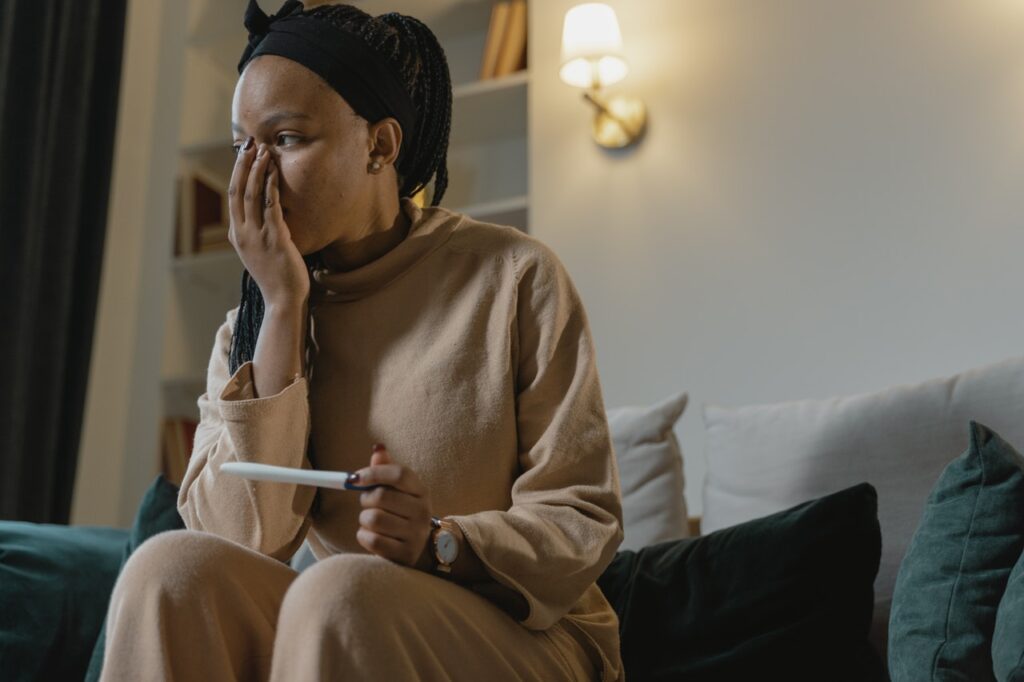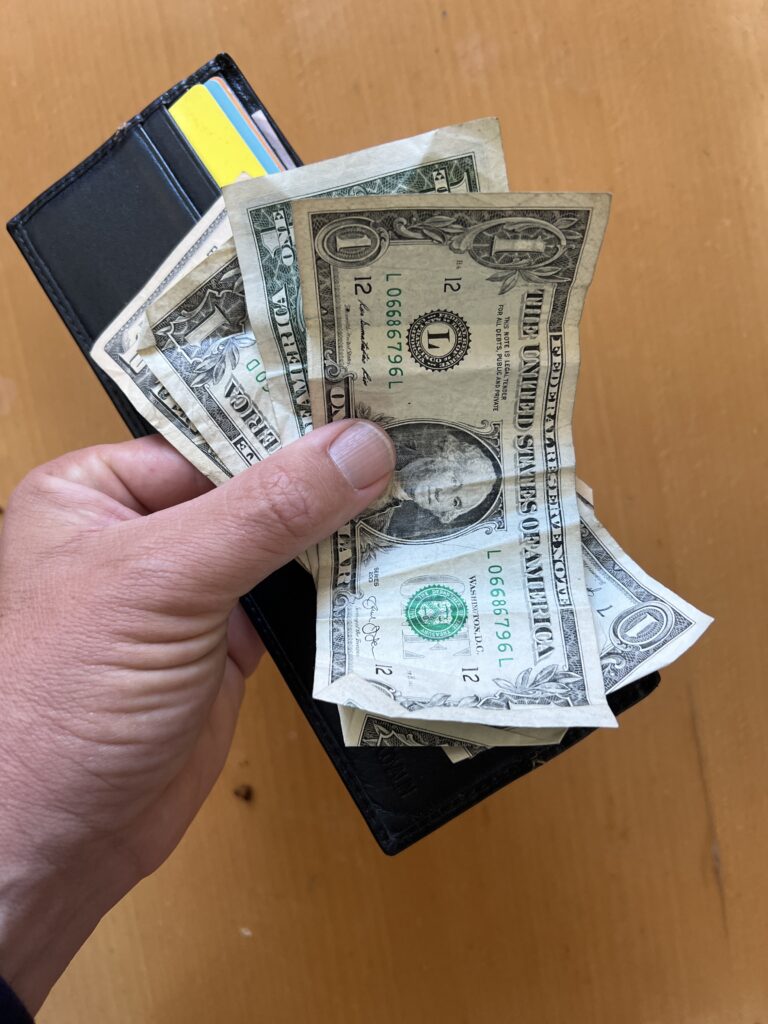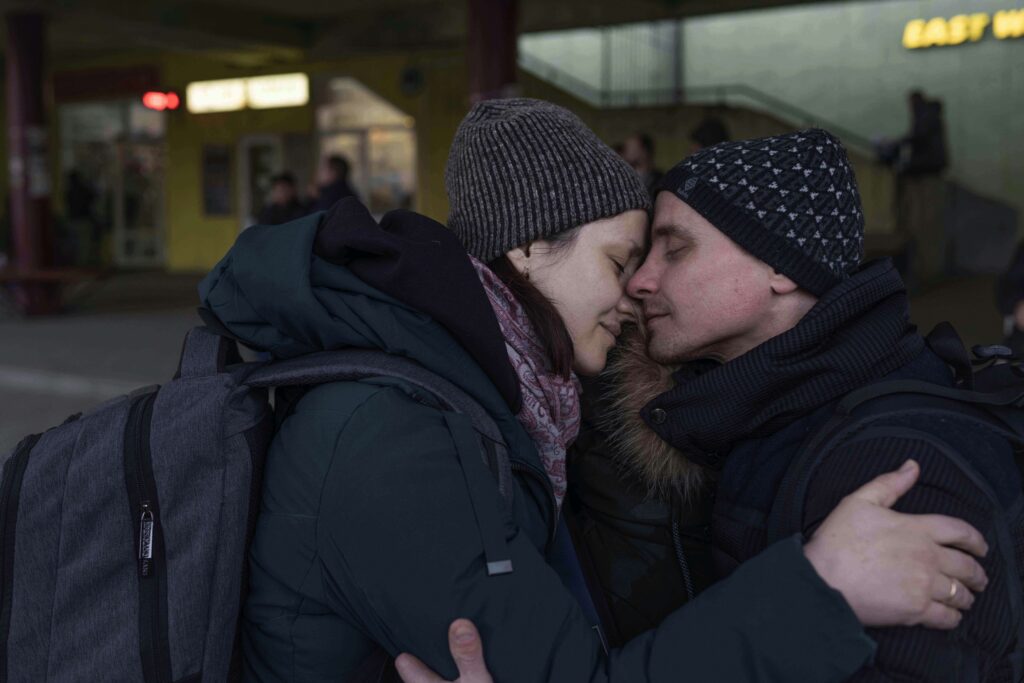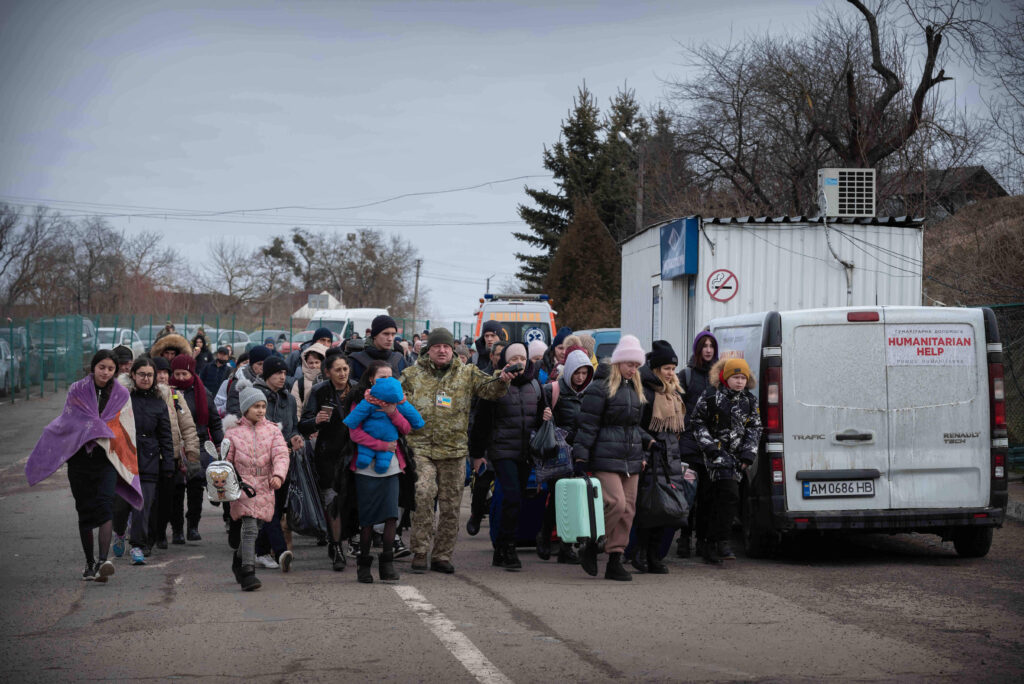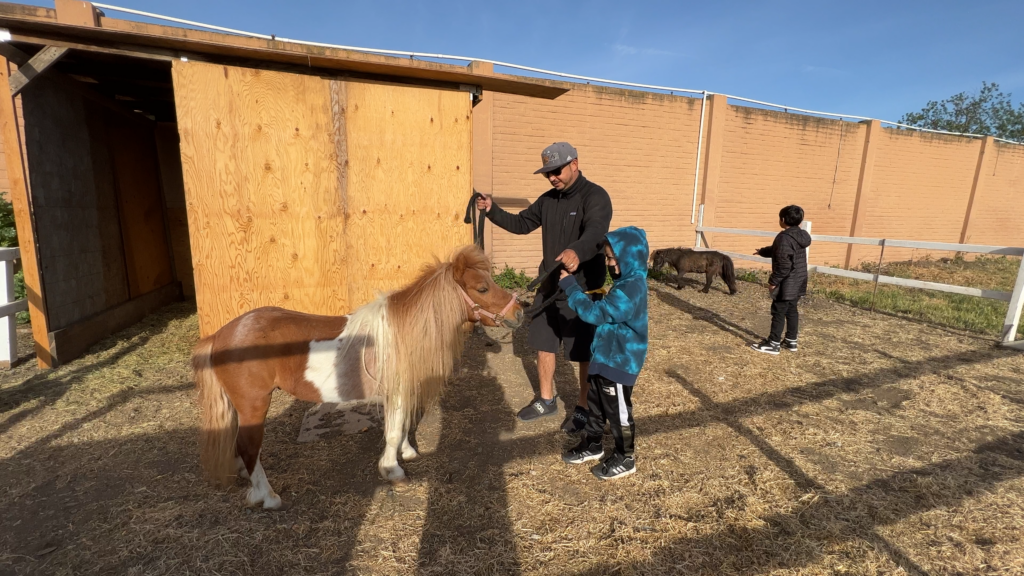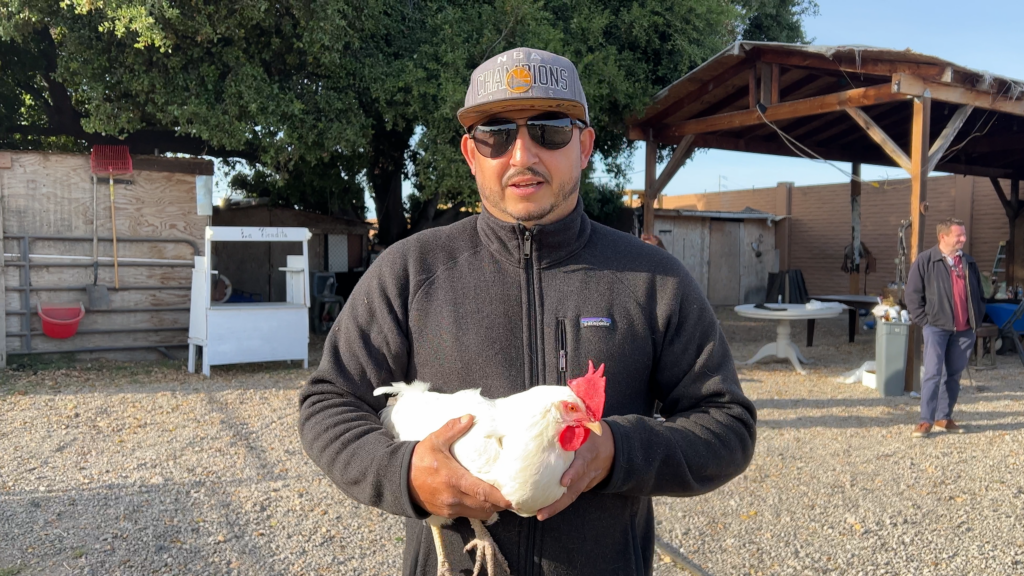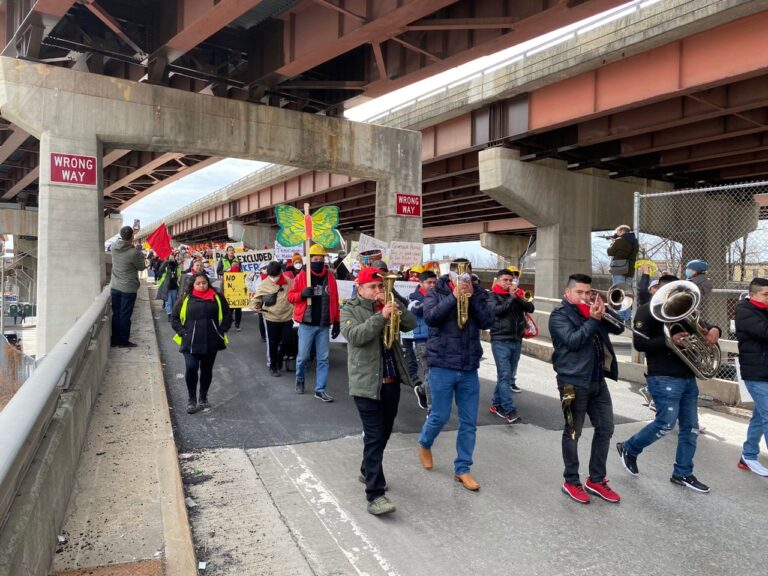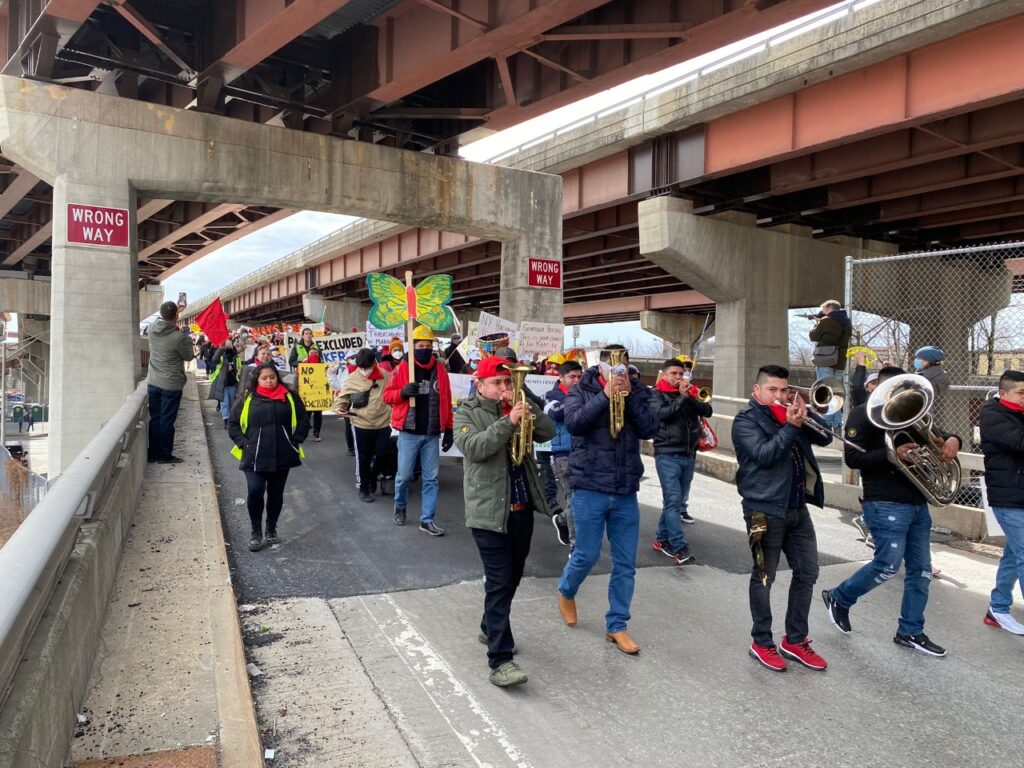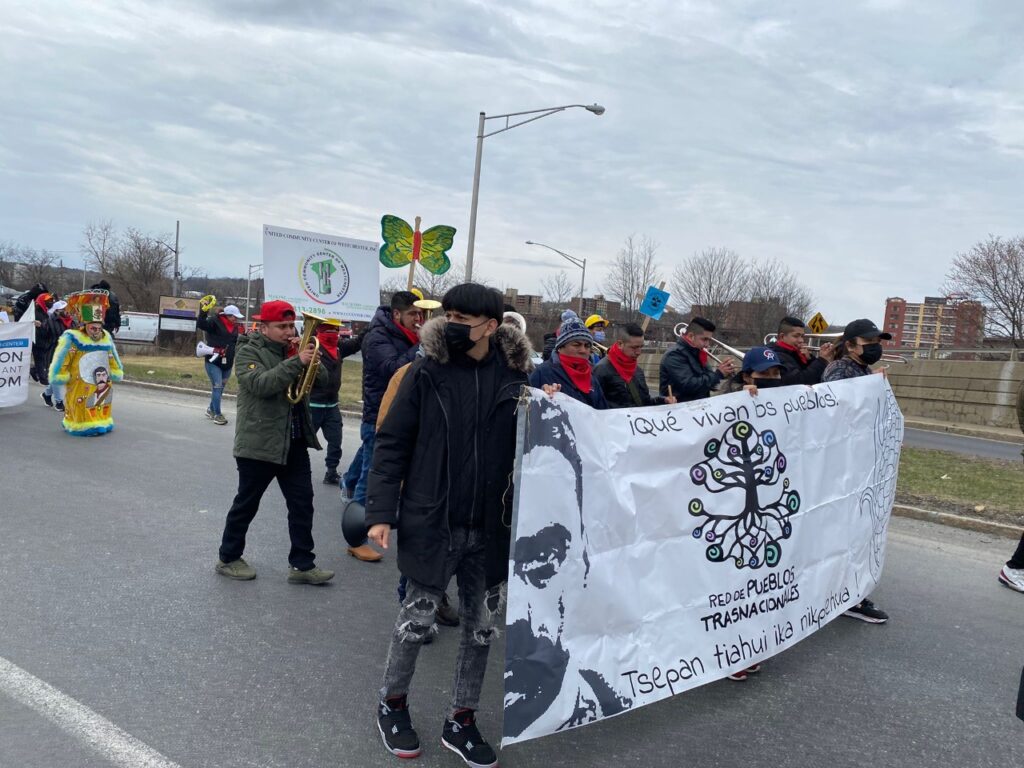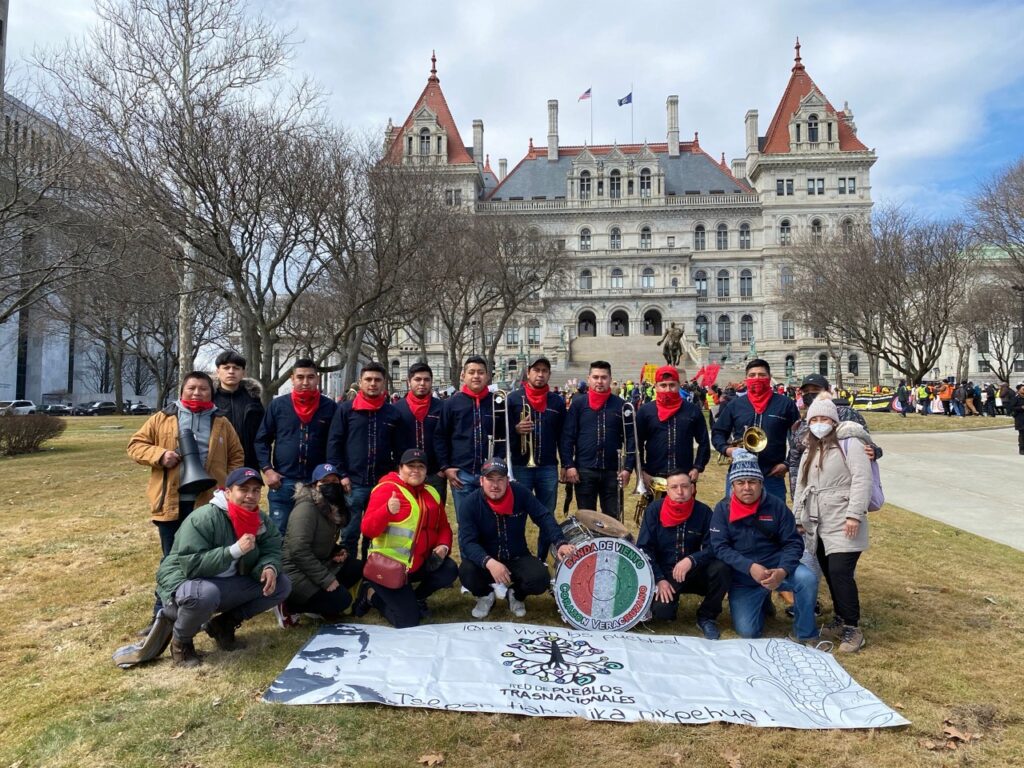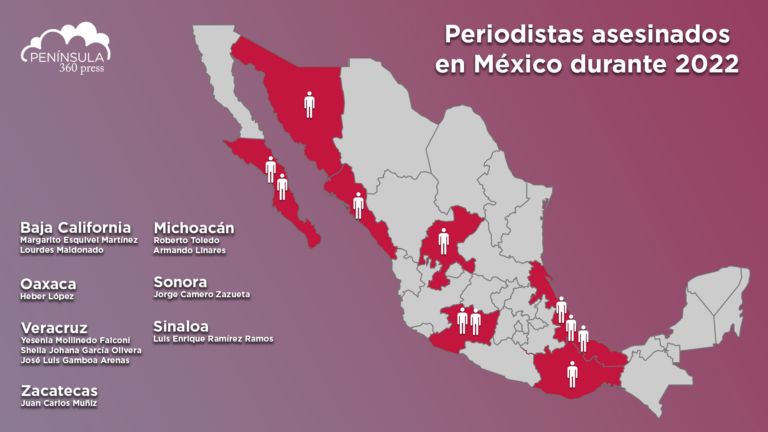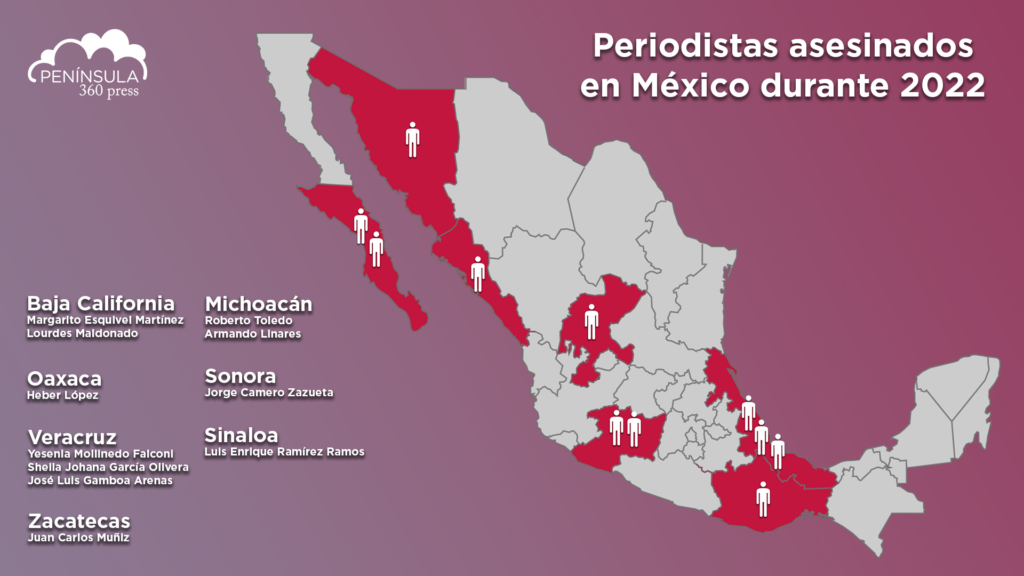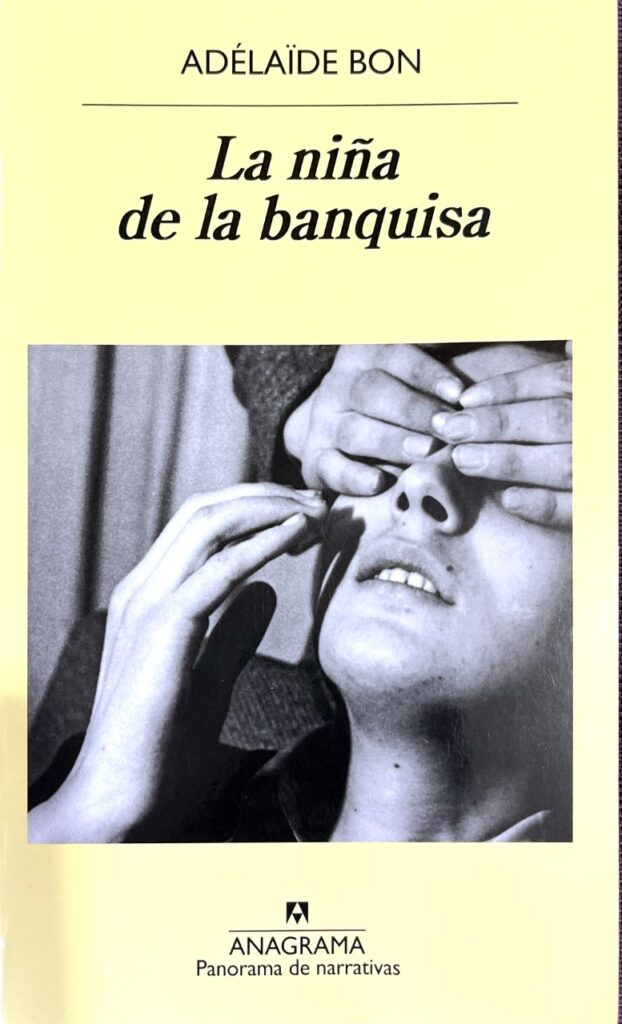
Mark Elliot Zuckerberg, mejor conocido solo como Mark Zuckerberg, cumplirá este sábado 38 años, una corta edad para ser uno de los empresarios más ricos del mundo, con un patrimonio neto de más de 71 mil millones de dólares, lo que lo hizo merecedor a entrar al salón de la fama de Forbes por ser uno de los 30 que teniendo menos de 30 años lograron ser multimillonarios debido a su empresa.
Mark Zuckerberg vive junto a su esposa Priscilla Chan y sus dos hijos ‒Maxima y August‒ en Palo Alto, California, aunque el nacido el 14 de mayo de 1984 dio su primer aliento en White Plains, Nueva York.
Nombrado por algunos como «niño prodigio», el joven Mark Zuckerberg empezó a programar a los 12 años, para el año 2000, con 19 años, el entonces estudiante de la Universidad de Harvard cambiaría el curso de la conectividad y los usuarios de Internet.
No había llegado a los 20 años cuando Mark había lanzando su primer éxito bajo el programa de nombre Synapse Media Player, el cual estaba diseñado para bajar música de manera gratuita y que se colocaría entre los favoritos de los internautas.
Pero parecería que estamos hablando tan sólo de un programador y empresario con suerte que viste de tenis y playera gris, pero fue este joven el que revolucionó la manera en cómo la gente interactuaría y compartiría su vida con otras personas, pues es uno de los fundadores y dueño de la red social más famosa del mundo: Facebook.
No conforme con ello, Mark Zuckerberg ha adquirido otras redes sociales como Instagram en 2012 por una cantidad de mil millones de dólares divididos entre efectivo y acciones, mientras que en 2014 adquirió Whatsapp por una cantidad de 19 mil millones de dólares con la intención de ampliar el número de usuarios de Facebook.
Sin embargo, no todo ha sido miel sobre hojuelas pues parecería que el sello Zuckerberg es sinónimo de polémica.
Desde sus inicios, la red con la que Mark Zuckerberg incursionó en conectar a personas ‒Facebook‒, actuó de manera ilegal, pues desde la red Facemash en 2003, recopilaba ilegalmente datos sobre el atractivo de las y los estudiantes de Harvard sin el consentimiento de las personas.
Otro de los muchos escándalos que encierra la red social con más de dos mil 500 millones de usuarios, tiene que ver con el Buró Federal de Investigaciones ‒FBI, por sus siglas en inglés‒ que en alguna ocasión solicitó a la empresa los datos de los usuarios para identificar y combatir a posibles grupos terroristas.
Para 2016 durante las elecciones de Estados Unidos en donde Donald Trump resultó ganador, Mark Zuckerberg y Facebook se volvían nuevamente centro de atención debido al sonado uso de datos de manera ilegal de los usuarios para beneficiar a través de la manipulación del algoritmo de la red, las preferencias de los votantes hacia ciertos candidatos, siendo beneficiado el candidato republicano.
Fue dos años después que Mark Zuckerberg fue llamado a comparecer ante el Congreso de Estados Unidos sobre el uso indebido de 87 millones de usuarios de Facebook por parte de Cambridge Analytica en donde pronunció las palabras «Fue mi error y lo siento».
¿Pero, cómo es que empezó todo?
Corría el año de 2004 cuando Mark Zuckerberg, quien fuera un chico aficionado a las matemáticas, astronomía y física, creara junto con sus compañeros de clase de Harvard Eduardo Saverin, Dustin Moskovitz, Chris Hughes una nueva página en internet cuya finalidad era la de compartir información personal.
Facebook, una red social con un muro donde los usuarios podían colocar mensajes, circulaba ya en 2004 entre los alumnos de más de 30 universidades en el país con el propósito de que cada uno de ellos subiera, de manera gratuita, una fotografía de rostro y datos biográficos.
Una inocente acción envuelta en promesas de popularidad social entre los universitarios bajo el nombre de Facebook se convirtió en la mayor red social de la actualidad.
En 2004 tal fue el éxito de esta red social que el entonces joven estudiante Marc Zuckerberg, de 19 años, decidió mudarse a Palo Alto, California y fundar su primera oficina.
Tan sólo seis años después, Zuckerberg fue incluido por la revista Time en la lista de las 100 personas más ricas del mundo y para 2018 la revista Forbes lo incluyó en su ranking de multimillonarios, ocupando el número cinco de la lista.
The Metaverse
Actualmente, Facebook, Instagram y WhatsApp son parte de META, un conglomerado estadounidense de tecnología y redes sociales con sede en Menlo Park, California.
Con ello, Mark ahora ha incursionado en el «Metaverso», un espacio de realidad virtual que engloba no solamente dichas redes sociales sino una forma de vida.
Según palabras del mismo Marc Zuckerberg, el Metaverso es un nuevo espacio tridimensional en donde se generará vida a través de los hologramas, pudiendo crear situaciones de vida a las que se podrá acceder a través de dispositivos móviles como las gafas de realidad aumentada.
En ese futuro «podrás teletransportarte instantáneamente como un holograma para estar en la oficina sin tener que desplazarte, en un concierto con amigos o en la sala de tus padres para ponerte al día», escribió Zuckerberg.
Con todo lo anterior, ¿podríamos pensar que el Meta universo de Zuckerberg sería todavía más atractivo?
With information from Forbes, Statista and Goal.
You may be interested in: Billionaire, eccentric, entrepreneur and visionary Who is Elon Musk?


